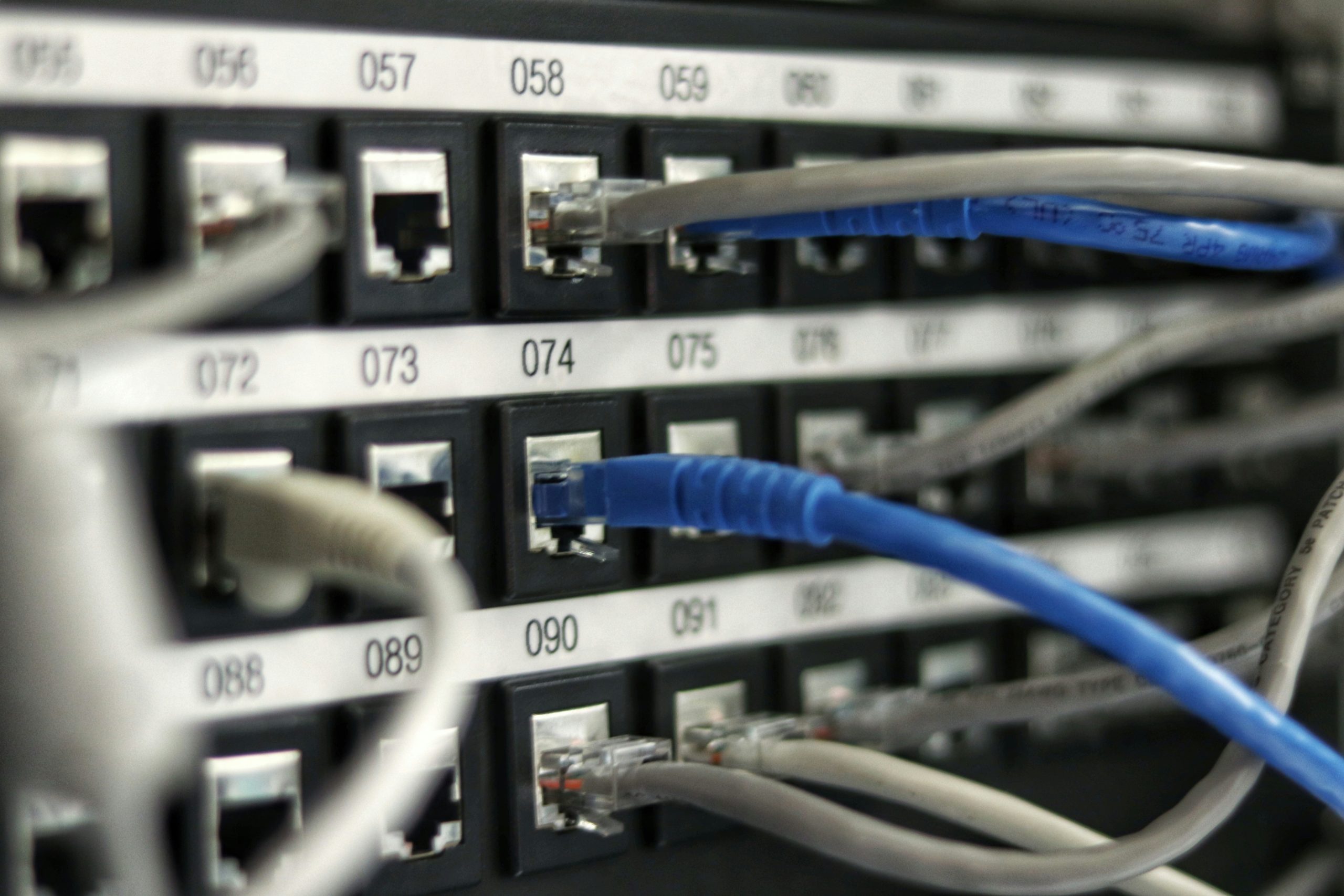Crewless ships transporting goods along coastlines, inland waterways, within cities, and even across the high seas – once a concept reserved for science fiction – are becoming a tangible reality. This vision took center stage at a recent forum hosted by HPC Hamburg Port Consulting (HPC) as part of its CONNECTING PORTS talk show series. Far from being a distant dream, this future is now actively taking shape.
The Growing Reality of Crewless Ships
Crewless ships, also known as unmanned or autonomous vessels, are being developed and tested across the globe. These ships leverage advanced technologies like artificial intelligence (AI), machine learning, and sophisticated sensor systems to navigate, avoid obstacles, and optimize routes – all without requiring onboard human crew. While fully autonomous vessels are still emerging, semi-autonomous and remotely controlled ships are already in operation.
Ørnulf Jan Rødseth, General Manager of the Norwegian Forum for Autonomous Ships (NFAS), highlighted Norway’s pioneering role, noting that semi-autonomous vessels are already in use. “Since spring 2022, the world’s first semi-autonomous container ship has been transporting mineral fertilizer from the Yara production facility in Porsgrunn to the regional export port in Brevik. The ship operates autonomously but still with a minimal crew of three, remotely controlled from a dedicated center,” he shared.
Marc Holstein, Head of the Remote Operation Center at SEAFAR in Antwerp, expanded on this, describing how SEAFAR’s technology is currently deployed on over 40 vessels, primarily in inland waters, with most already functioning with reduced crews and remote control. “Three of these vessels operate on the Rhine between the Netherlands and Bonn. We’ve been running these systems for four years, integrating them smoothly into existing traffic flows, especially in Belgium,” he explained.
Turning to developments in France, Antoon van Collie, CEO of ZULU Associates, outlined new opportunities following a regulatory breakthrough. “Since May 2024, French authorities have allowed autonomous ships to operate within their territorial waters. We’re in advanced talks with the state waterway authority, VNF, aiming to launch unmanned or partially unmanned ships by next year,” he said.
A Broader Shift in the Maritime Industry
Autonomous ships are part of a broader transformation in the maritime industry aimed at increasing efficiency, reducing costs, and addressing crew shortages. With the global shipping industry facing rising fuel costs, stricter environmental regulations, and the challenge of recruiting qualified seafarers, crewless vessels offer compelling advantages. Not only can they operate with fewer crew members, reducing labor costs, but they can also maintain continuous operations with minimal downtime, thanks to automated systems and remote management.
The conversation also explored the potential for autonomous vessels in urban logistics. In cities like New York, small inland vessels might soon transfer goods to cargo bikes or electric vehicles for the last mile, while in Paris, ZULU’s hydrogen-capable vessels are already in use for urban deliveries. Van Collie suggested that similar concepts could be adopted in cities like Hamburg or Berlin.
In Norway, the food retailer ASKO has ambitious plans to move 50 truckloads per day onto the water by 2026 using two battery-powered, semi-autonomous ro-ro ships on the Oslo Fjord. “Ro-ro vessels require minimal infrastructure,” Rødseth noted, emphasizing their potential for streamlining logistics.
Addressing Safety and Operational Concerns
When asked about safety concerns, Holstein argued that remote operations could enhance safety by reducing fatigue among operators, who typically work shorter shifts than onboard crews. Autonomous vessels are equipped with advanced collision-avoidance systems and continuously monitor their surroundings, which can mitigate human error, one of the primary causes of maritime accidents. Rødseth added that automation helps reduce the strain of monotonous long-haul journeys, such as navigating the Pacific for a month straight.
The Road Ahead
While regulatory and technological hurdles remain, the momentum behind autonomous ships is undeniable. As more countries and companies invest in this technology, it is likely that crewless vessels will become a common sight on both inland waterways and the open seas within the next decade.
Read Similar…
CMA CGM and Google AI Partnership for Shipping and Logistics




